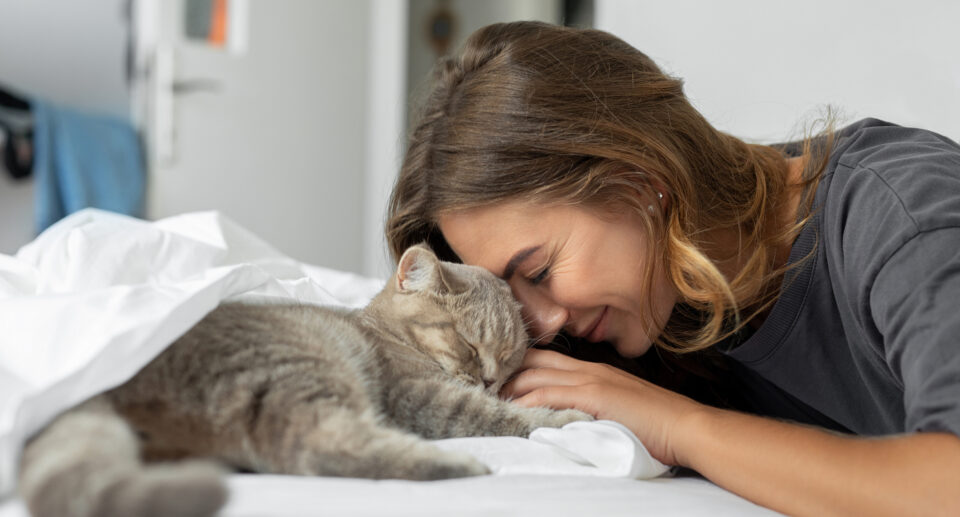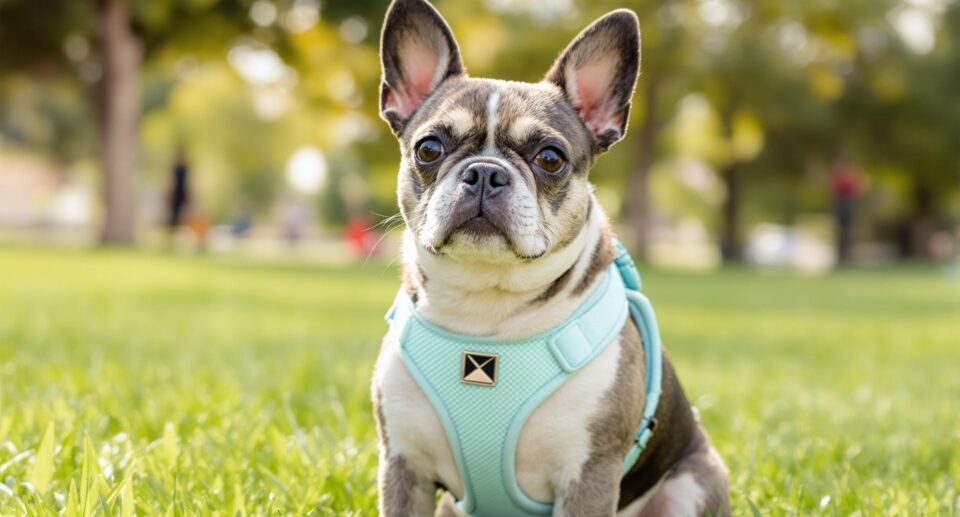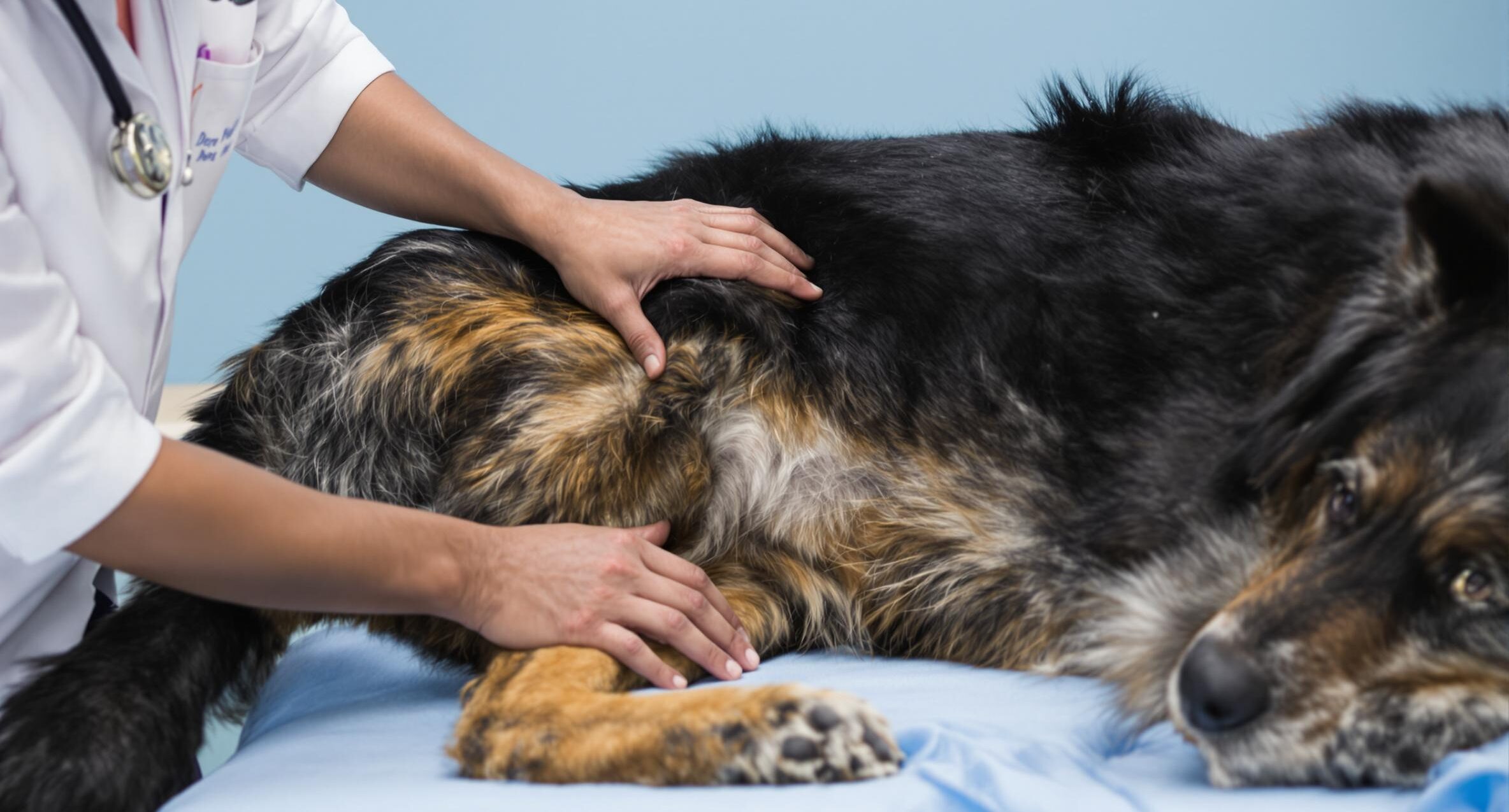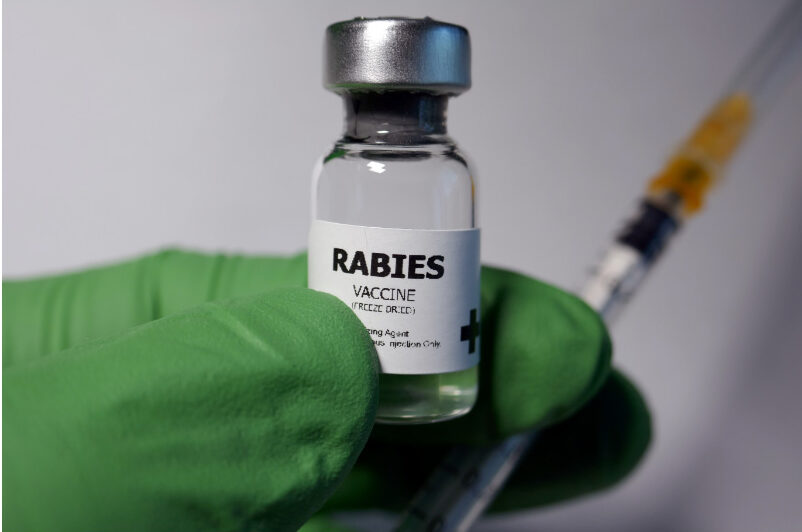How to Treat Yeast Infections in Dogs: Simple Steps for Pet Owners
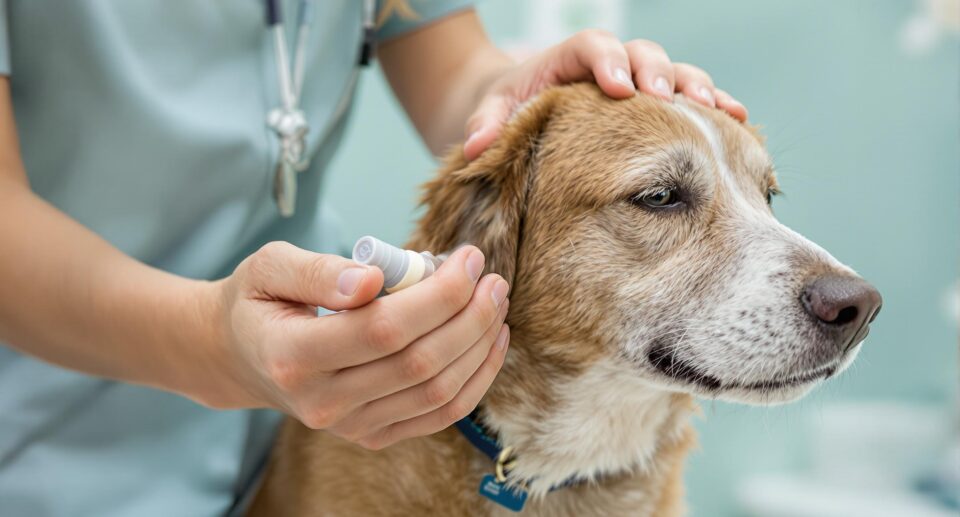
Key takeaways
- Recognize signs like itching, odor, and red skin early so your dog can get prompt and effective treatment.
- Use a combination of home remedies and professional veterinary care to manage and treat yeast infections and help your pet recover more comfortably.
- Adopt preventive habits, including proper grooming, diet management, and regular vet check-ups, to prevent yeast infections and maintain your dog’s skin health.
Persistent itching, paw licking, and ear scratching can be signs of a yeast infection, a condition that affects many dogs, especially in areas like the ears, paws, and skin folds. Some breeds may be more likely to experience these infections due to their skin and coat features.
Treatment starts with spotting signs early and choosing the right approach. PetHealthMD helps you understand your options and make a plan with your vet to manage symptoms and prevent future flare-ups.
What Is a Yeast Infection in Dogs?
A yeast infection in dogs happens when the natural balance of microorganisms on the skin is disrupted, allowing yeast, especially Malassezia pachydermatis, to grow too much. Yeast normally lives on a dog’s skin in small amounts, but it can multiply quickly under certain conditions, like excess moisture or a weakened immune response.
These infections are not contagious but often appear when the skin environment changes. Triggers might include humidity, allergies, hormonal imbalances, or reactions to medications like antibiotics or steroids. Yeast thrives in warm, damp places, so areas like the ears, paws, and skin folds are more commonly affected.
Although yeast is part of the skin’s normal flora, overgrowth can lead to irritation and inflammation if not addressed. Recognizing what causes this imbalance helps you and your vet choose the proper treatment and prevent it from returning.
Common Symptoms of Yeast Infections in Dogs
Yeast infections often show up in ways that are hard to miss once you know what to look for. If your dog seems itchy or uncomfortable, check for signs like:
- Head shaking or frequent pawing at the ears
- Licking or chewing paws, especially between the toes
- Strong yeasty or sour odor, especially in moist areas
- Red or greasy skin in folds, between toes, or around the ears
- Darkened or thickened skin where irritation has been ongoing
- Discomfort when touched or avoiding petting
- Changes in behavior, such as restlessness or less interest in play
When these symptoms persist or seem to get worse, it’s a good time to contact your vet. Starting treatment early can help restore your dog’s comfort and reduce the chance of future flare-ups.
What Can Cause Yeast Infections in Dogs?
Your dog’s skin carries a small amount of yeast naturally, but if that balance is thrown off, it can lead to infection. Changes in the skin’s environment, like excess moisture, heat, or inflammation, often give yeast a chance to multiply.
Some common causes and risk factors include:
- Allergies to food, fleas, or environmental triggers
- Frequent scratching or licking due to skin irritation
- Moisture buildup from swimming or humid weather
- Use of certain medications that affect the immune system
- Physical traits like floppy ears or deep skin folds are common in Golden Retrievers, Basset Hounds, and Cocker Spaniels
Understanding these risk factors can help guide treatment and reduce the chances of recurring infections.
Managing Yeast Infections in Dogs: Treatment and Home Care Tips
Early care can make a big difference in your dog’s comfort. Many cases respond well to a mix of home care and guidance from your veterinarian.
Try these home care steps to support your dog’s recovery:
- Use an antifungal shampoo twice a week. Massage it into the coat and let it sit for 5–10 minutes before rinsing thoroughly.
- Clean affected areas daily with pet-safe antifungal wipes, especially between the toes and in skin folds.
- Offer a low-sugar, grain-free diet to support skin health and limit yeast growth.
- Dry your dog completely after baths or swimming, focusing on ears and skin folds where moisture collects.
Products such as medicated shampoos, wipes, and skin supplements can be found in the Dog Skin and Coat Care category at PetMeds.
Reach out to your vet if you notice any of the following:
- No improvement after a week of home care
- Signs that the infection is spreading or severe
- Your dog shows signs of discomfort or distress
For more stubborn infections, your vet may prescribe medicated creams or oral antifungal medication. Combining vet care with daily routines helps your dog recover more smoothly.
Frequently Asked Questions About Yeast Infections in Dogs
Can yeast infections in dogs go away on their own?
Yeast infections don’t usually clear up without treatment. Even mild cases can get worse if not addressed. Home care can help early on, but if symptoms continue or spread, your vet can recommend medications that speed up healing and help keep the infection from returning.
What foods can help fight yeast infections in dogs?
Diets that include omega-3 fatty acids and probiotics can support the immune system and help keep the skin balanced. Some owners add plain yogurt with no sweeteners or fresh vegetables, but it’s always a good idea to talk to your vet before making changes to your dog’s meals.
When should I seek professional help for my dog’s yeast infection?
If symptoms continue after a week of at-home care or seem to be getting worse, check in with your vet. Prescription treatments or further testing may be needed to get the infection under control and determine whether there is an underlying issue.
How can I help prevent future yeast infections?
Stick to a regular grooming routine and always dry your dog thoroughly after baths or swimming. Focus on areas where moisture tends to collect, like ears, toes, and folds. Daily use of pet-safe cleaning wipes can also help maintain better skin condition.
A Path Forward for Your Dog’s Skin Health
Taking care of your dog’s skin does not need to be complicated. Daily habits like brushing their coat and checking for irritation can go a long way toward preventing yeast infections from coming back.
Your dog’s skin health improves when you stay in tune with slight shifts in their behavior or coat. Partnering with your vet to build a routine that fits your dog’s needs can help reduce flare-ups, especially during seasonal changes when skin issues tend to increase.
For added support, PetMeds makes it easier to stay consistent with skin care essentials, supplements, and treatments delivered right to your door. Explore our full range of products in the Dog category.

